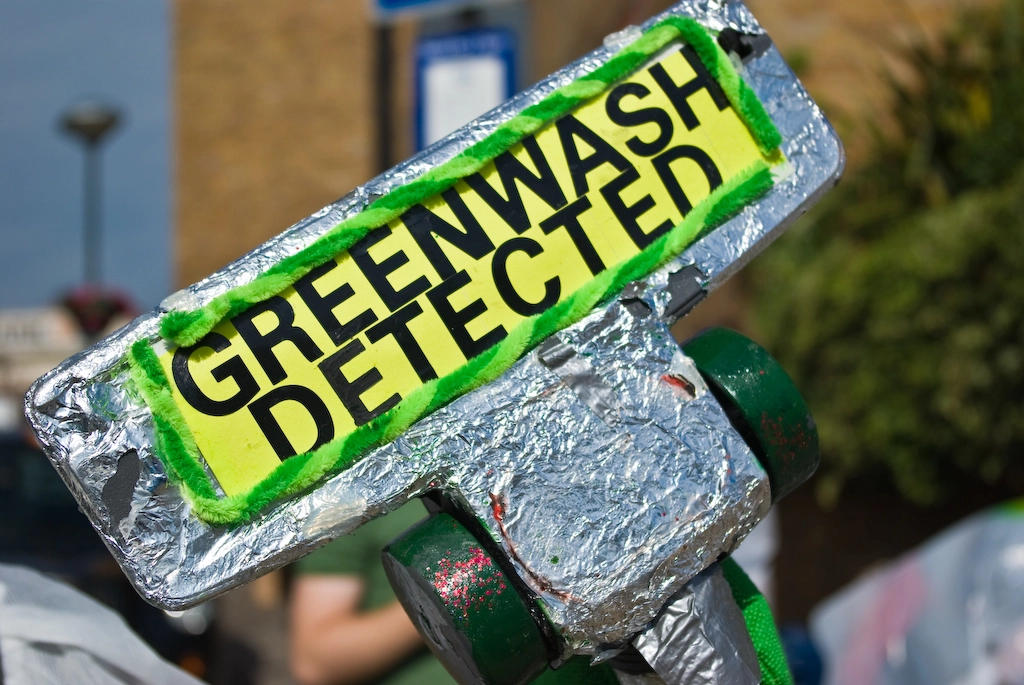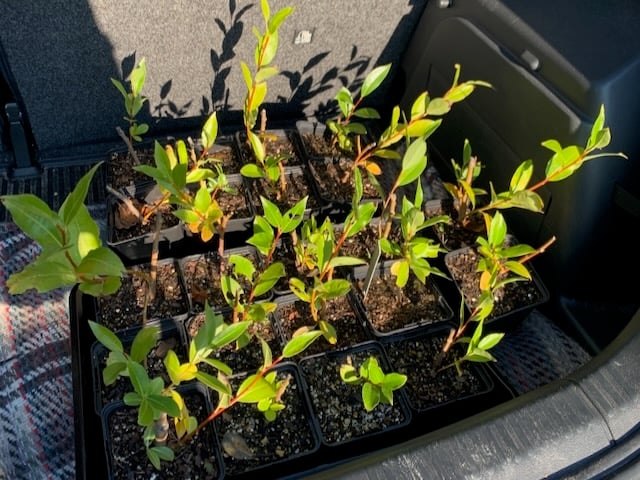by Andrew Murray
Picture the scene: You are booking a travel ticket for a dream race or adventure and a little pop-up appears offering you the chance to ‘offset’ the emissions of your journey for a small additional fee. How easy is that? Your travel is now emissions-free! Or is it?
In the face of escalating global heating and ecological collapse, environmentally conscious individuals like us might turn to carbon offsetting to mitigate our carbon footprint. But is it the solution, or just a way to ease our guilt?
To be clear: it is much better to reduce/avoid causing harm and try to minimise your direct and indirect emissions as far as possible. None of us is perfect, though, and all of us have some form of impact. Continuing a high-carbon lifestyle with token offsetting is not going to solve the climate crisis, but offsetting can be a small additional way to try and mitigate our harm.
What is carbon offsetting?
Carbon offsetting involves compensating for emissions by investing in projects that reduce greenhouse gases elsewhere. These projects include:
- Removal Offsets: Removing CO2 from the air through tree planting, or new technologies like direct air capture.
- Avoidance Offsets: Preventing carbon release by funding renewable energy, efficient stoves, or stopping deforestation.
For runners, some activities just can’t be done without emitting carbon, such as travel or necessary kit and food. With few alternative options, carbon offsetting may seem like the only solution to lessen our environmental impact. However, we need l to recognise that carbon offsetting is not a silver bullet for addressing climate change and environmental issues.
Still, climate scientists agree we will need to rely on some form of offsetting technologies as part of reduced emissions generally. They are a tool in our arsenal but aren’t going to win us the war.

Why carbon offsetting might not be the answer
While carbon offsetting projects can indeed contribute to lower emissions, they are not without their limitations and controversies.
Offsetting can be viewed as “buying our way out” of our carbon emissions, rather than addressing the problem itself. They are much harder to prove as a legitimate reduction in global carbon and prone to fraud and abuse.
A recent EU report claimed up to 85% of offsetting does nothing to reduce/remove carbon and some even create additional emissions. The EU and UK now limit companies and organisations claiming carbon neutrality or net zero when they are relying purely on offsetting and can’t prove their claims.
Quality offsetting may reduce carbon emissions but can do little to compensate for the wider environmental impacts of your activities. Consider food, kit or travel and the resources used, all with associated negative ecological and social impacts. Compensating a tonne of carbon does nothing to repair the harm done elsewhere. See our resources for more on reducing these impacts.
The big problems
One of the biggest criticisms of carbon offsetting is that of ‘additionality’. Often, it is unclear if your money is creating real change or funding inevitable ones, with many projects happening without the funding. That means your money isn’t really going anywhere and allows for a double-counting of the carbon being ‘offset’. Without strict regulation, it can result in your action not going to the work you had paid for.
Another recent issue is that of the methodologies being used to calculate carbon removal, especially in conservation.The most common carbon offsetting projects offered are tree planting, but they come with many difficulties. For instance, proving reforestation efforts requires a comparison site to estimate what could have been deforested, and it requires strict regional oversight to prove one tree planting project isn’t just making up for deforestation elsewhere.
Furthermore, while trees are an excellent carbon store, planting schemes can be destroyed by fires, floods and disease. How can we track whether a mature tree is not simply cut down in the future for timber? Also, it is not as easy as putting any tree anywhere; trees are also parts of an entire ecosystem, so care is required in know which trees to plant where. For instance, many peatlands (which are more effective in carbon capture) are being destroyed to make way for planting schemes, which is highly inefficient and damaging to local ecosystems.
Finally, many natural offsetting projects, like tree planting and peatland restoration, take years to sequester carbon, meaning the £3 you spend to offset your long-haul flight won’t actually remove those emissions for several decades!
In essence, it is all too easy to presume offsetting your emissions is as simple as adding an extra item to your shopping basket. These projects require joined up planning and local regulations to ensure money is going to the right projects that aren’t hiding malpractice elsewhere.

How to make the best choices
So what can you do?
The difficulty with most offsetting projects is that you will likely never see the fruits of your investment. If you can, invest in local projects that you can see are making a genuine difference. Research local conservation groups and maybe even volunteer in addition to donating.
As we said before, carbon offsetting will be part of our path to net zero, so when you spend money on any offsetting projects, there are a few key things to look out for::
- Choose verified projects: Opt for carbon offset projects that are certified by reputable third-party standards, such as the Verified Carbon Standard (VCS), Verra or the Gold Standard. These standards encourage transparency and credibility in offsetting projects. Many are not perfect but are better than no verification.
- Support quality or local initiatives: It’s hard to identify what makes a good project but take your time to consider the factors at play. Price may also be a good indicator of quality, but really the best are those you can see with your own eyes. Often your gut will guide you. You may also consider the co-benefits of the project, like social benefits, nature protection or restoration and often key considerations. For instance, groups like Phoenix Futures support former drug addicts by involving them in nature recovery schemes. Could you support a project like that?
- Evaluate project location: Consider the location of offset projects and prioritise environmental justice, biodiversity, conservation, and socio-economic development. Large swathes of Africa are being snapped up by national or institutional investors (especially China and Middle East oil states), with little consideration given to local land rights and customs.
- Long-term commitment: Is the project you are supporting here to stay? Forests burn down or get disease, technology breaks, or people play the system. Considering how your chosen projects will ensure longevity of offset by project type, strong governance/processes and additional buffers help but aren’t foolproof.
We need systemic change
While carbon offsetting can play a role in the transition to a low-carbon economy, it has potentially severe limitations, and we need a complete system change.. Offsetting should not substitute reducing emissions at the source or slow down the decarbonisation of our economies generally.
We have to minimise our carbon footprint through conscious choices, such as opting for sustainable transportation, reducing energy consumption, making our kit last, and supporting businesses with robust environmental practices. Additionally, speaking out, engaging others and advocating for policies that prioritise climate action and environmental protection on a global scale can drive meaningful change beyond individual actions.
Conclusion
Carbon offsetting can be a valuable tool in the fight against climate change, but it’s not a panacea. For runners, travellers, and environmentally engaged individuals, offsetting should be approached with critical scrutiny and a commitment to supporting credible, quality projects that deliver tangible environmental benefits.
Ultimately, addressing the root causes of the climate crisis requires collective action, systemic change, and a shift towards a more sustainable and equitable future.
About the author
After a degree and masters in sustainability, co-founder Andy has spent 14 years working in sustainability for some of the UK’s largest companies. He combines his love for running with technical knowledge of sustainability to keep his impact minimal and support others to do so.

